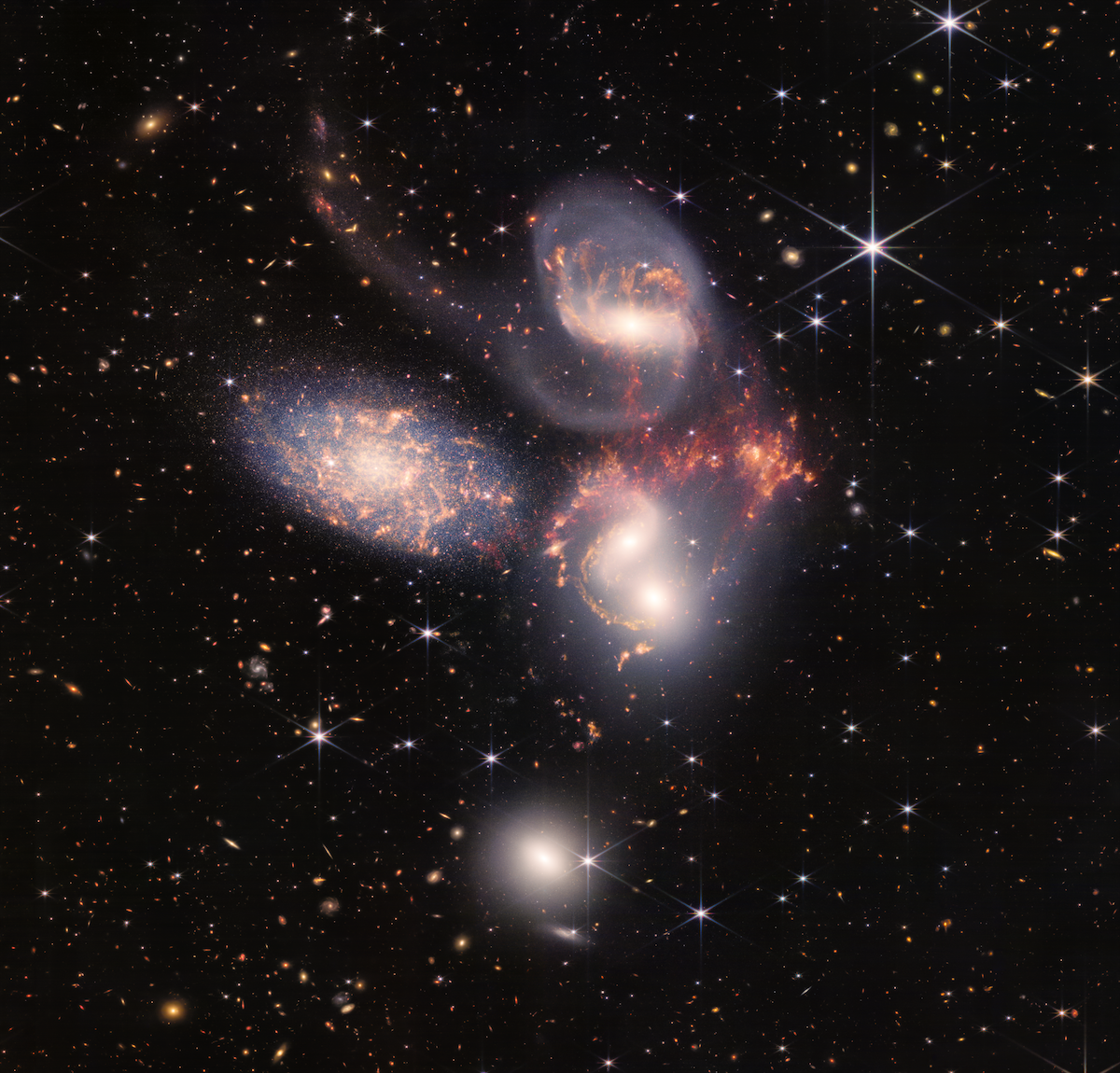The last couple of days have been highly focused on neutron stars after ESO announced the observation of a neutron star merger GW170817 in the galaxy ngc4993 located 130 million light years away. The discovery was groundbreaking for several reasons as it was the first observed neutron star merger ever and it confirmed speculations on production of heavier elements in kilonovae. It also confirmed that gravitational waves travel at the speed of light, so the overall achievements from this single event are no less than amazing.
Neutron stars are the origin of the current media wave around GW170817. I previously described how a neutron star is the remnant of a highmass star, that eventually explodes after some 10 million years of fusing elements up to iron in its core. But neutron stars are so much more than that. I would argue that neutron stars are more interesting than black holes simply because they are the densest objects in the Universe, we can observe. Whereas thinking too much about black holes and your head explodes. Or at least mine does, and I am not taking that risk.
Neutron Stars Are The Densest Objects
With a radius of 10 km and a mass sound 1.4 solar masses, a neutron star is really really dense! In fact, the density is so high, that a spoon full of neutron star would weigh the same as Mount Everest. According to Shapiro & Teukolsky neutron stars have densities around 10^15 g/cm^3. This means that a cube of neutron star weighs 1,000,000,000,000,000 g. That is one million million kg! Assuming a car weighs a ton, this corresponds to one BILLION cars squeezed into the shape of a die.

In the above illustration, imagine that each car contains a thousand cars. And each of these thousand cars inside one car also contains a thousand cars. If you find that overwhelming to grasp, then join the club! Neutron stars are so dense that the neutrons, i.e. the particles that make up the star, effectively touch each other. This is opposed to atoms, that make up everything around us, as they consist of 99.9999999% empty space. This is dense!
Neutron Stars Can Eat Their Neighbor Star
It is common for stars to be in systems of two or more stars, where they rotate around one another. This is often observed on the night sky among the ‘normal’ stars, i.e. stars that produce elements via nuclear fusion and radiates away light, which we can see here from Earth. The recent observation of the double neutron star system GW170817 confirmed that also neutron stars exist in similar binary systems. But it is also possible to have a combination of the two star types. Namely, when a neutron star and a ‘normal’ star are in a gravitationally bound system and the neutron star slowly eats its companion star. Or as astronomers say: the neutron star accretes from its donor star. (I suppose it sounds less violent.)
This effectively mean, that the neutron star swallows mass from the other star in a continous stream over time. This system is called an X-ray binary, because large amounts of x-ray radiation is released in the accretion process.

Neutron Stars Can Spin 1,000 Times Per Second
Yes, you read correctly. A neutron star – that is a star with the mass of our Sun, squeezed into an area roughly the size of New York(!) – can spin up to one THOUSAND times per second. These extreme neutron stars are called pulsars because they emit radiation much the same way a lighthouse emits light as it rotates. The light is constantly turned on, but you only see the lighthouse when the light cone passes your position. Pulsars are the most often found type of neutron star. They spin around their own axis between roughly 1 and 1,000 times per second.
Jets flow out from the star and these jets are not necessarily aligned with the rotation axis. This effectively makes us here on Earth observe the light as a pulse. The frequency of the pulse depends on the orientation of star’s rotation axis relative to us.

It might be that the recent discovery of the GW170817 was mind-blowing, but neutron stars have always been extreme cases – regardless of whether or not we observe them.




3 thoughts on “3 Crazy Features Of Neutron Stars”